SPOTLIGHT ANALYSIS
Climate change could worsen the spread of malaria in SA
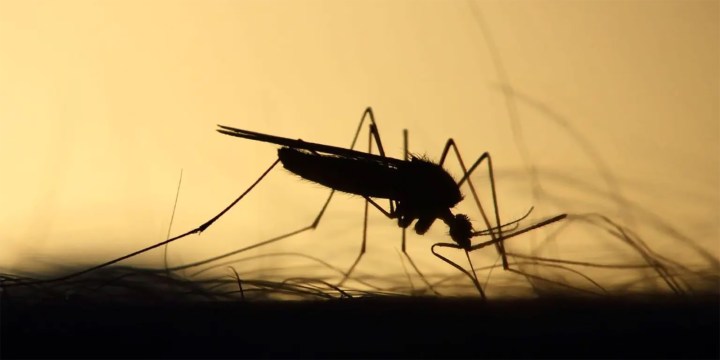
Malaria-carrying mosquitoes are moving to new habitats as the earth warms up due to climate change. Spotlight asked several local experts what this might mean for malaria in South Africa and efforts to eliminate the parasitic disease.
Malaria-carrying mosquitoes have already begun moving to new habitats as climate change causes the planet to warm up. They are expected to breed faster and bite more often. Infectious disease experts warn that malaria cases may go up, affecting elimination efforts.
Sub-Saharan Africa is the region most affected by malaria.
According to the World Health Organization, there are an estimated 247 million cases of malaria globally, with 619,000 deaths a year. Africa is home to 95% of these cases and 96% of the deaths.
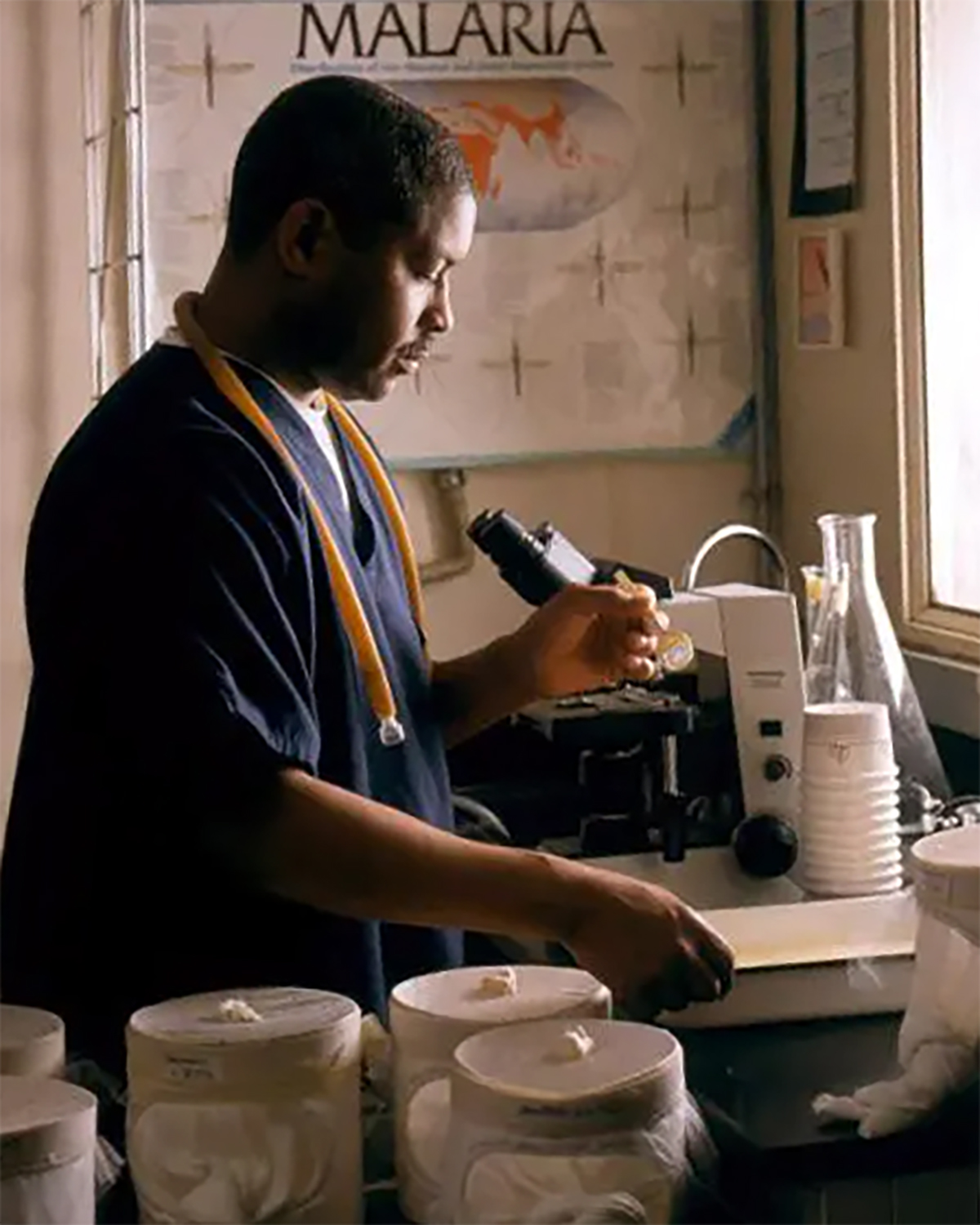
Sub-Saharan Africa is the region most affected by malaria. (Photo: NIAID)
Potentially adding to the disease burden, temperatures in southern Africa are predicted to increase by 1.6°C in the next 20 years, relative to the pre-industrial years (1850-1900) with a range of 1.3°C to 2.1°C at the hot end, says climate scientist Chris Lennard from the Climate Systems Analysis Group (CSAG) at the University of Cape Town.
Referring to the latest Intergovernmental Panel on Climate Change modelling for the region, he says temperatures in the period from 2040 to 2060 are projected to increase by 1.8°C to 2.9°C, with an average of 2.3°C.
Increases in temperature and rainfall affect the life cycle, behaviour and distribution patterns of insects like mosquitoes. These climate changes create favourable conditions for the expansion of malaria mosquito breeding grounds and impact on control measures.
Malaria control in SA
South Africa has an excellent record of malaria control compared with other countries in the region – something that is partly due to the protection we get from a less malaria-friendly climate. Local malaria cases are confined to the northeastern part of the country where it is endemic.
However, writing in The Conversation, Shüné Oliver and Jaishree Raman of the National Institute of Communicable Diseases say that increased rainfall will likely expand malaria mosquito breeding sites in South Africa.
Research in Limpopo has shown that heavy spring rains are often associated with higher malaria case numbers during summer. Raman told Spotlight that flooding washes away mosquitoes’ breeding areas. However, “it is the water pools that remain after flooding that are problems as they are the ideal breeding areas for malaria mosquitoes”.
Local transmission of malaria cases currently occurs mostly in Limpopo with more than 60% of cases and in northeastern KwaZulu-Natal with less than 1% of cases. Parts of Mpumalanga are also affected.
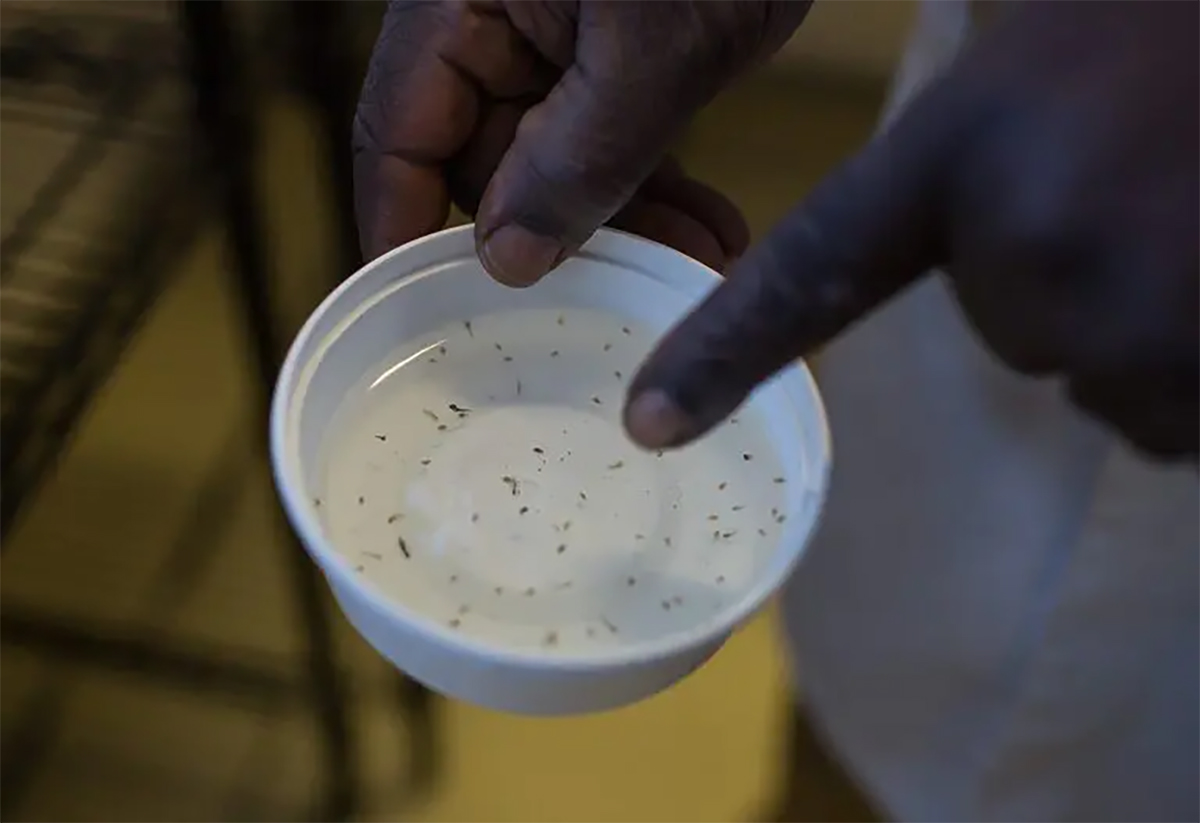
A mosquito control professional from Mozambique’s National Institute of Health (INS) shows a culture of mosquito larvae. (Photo: Ricardo Franco / CDC)
Transmission is seasonal, with cases rising in October, peaking in January and February, and waning towards May. Imported cases have also been reported in Gauteng.
Prof Rajendra Maharaj, director of the Malaria Research Unit at the South African Medical Research Council, says the warmer the weather, the faster the malaria mosquito develops.
“In summer a mosquito can develop from an egg to an adult in about 12 days, and in winter within 30 days.”
According to a study published in the journal Plos Biology, the optimal temperature for transmission – the parasite’s development inside the mosquito – is 26°C, with a minimum and maximum of 17°C and 35°C, respectively.
New habitats
Maharaj says there have been instances where malaria mosquitos are being seen in new habitats in South Africa.
“Normally mosquitos, being cold-blooded, are not effective at higher altitudes. They rely on the outside temperature to regulate body functions, so they don’t move to areas that restrict their growth and development.”
However, he says that with global warming, the malaria vectors appear to be moving “up the mountains”.
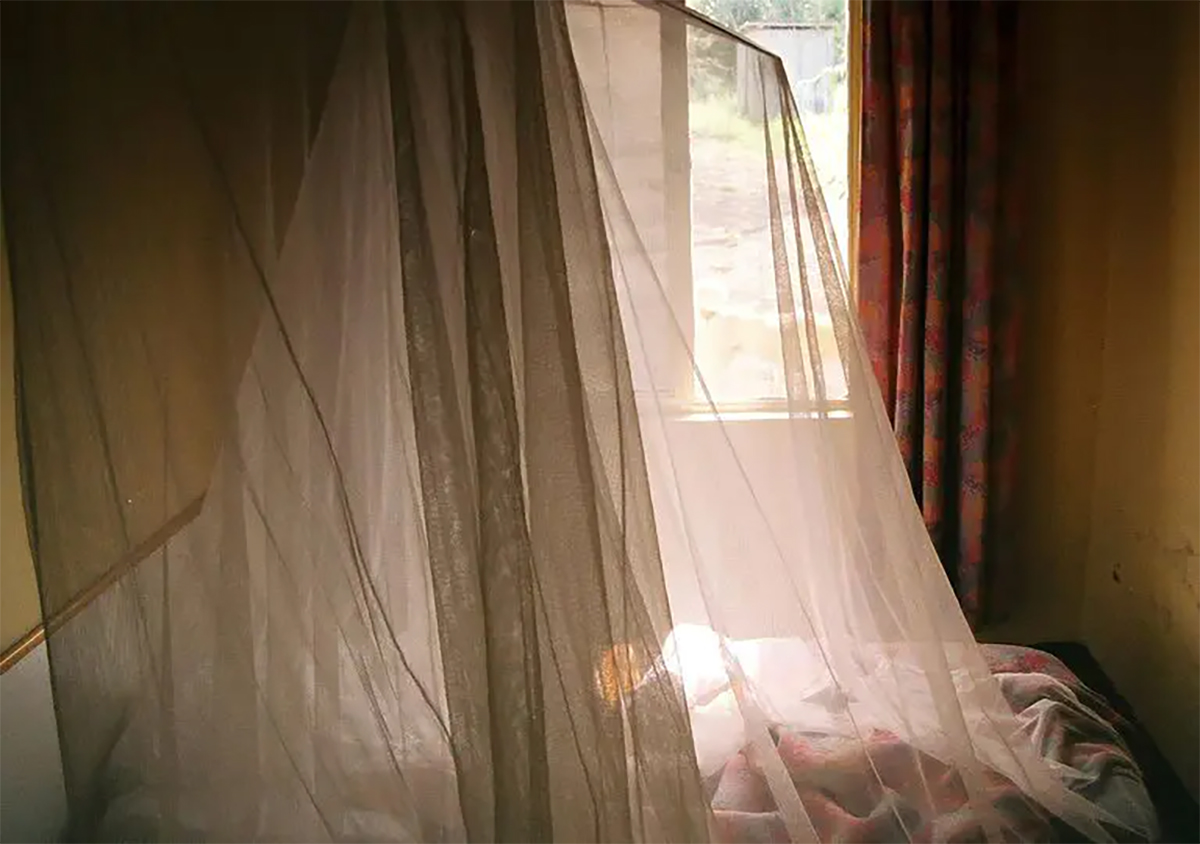
According to the World Health Organization, there are an estimated 247 million cases of malaria globally, with 619,000 deaths. (Photo: YoHandy / Flickr)
“Historically, we’ve looked at metres above sea level as the cap for the distribution of a mosquito. They would not breed and survive very readily above 1,000 meters above sea level. But in Kenya, we’ve seen mosquitoes at altitudes higher than that (on Mount Kilimanjaro). We have also seen some mosquito populations now far higher up the mountains in KwaZulu-Natal than we had previously found there,” says Maharaj.
He says with “probably a degree warmer”, the conditions are ideal for mosquitoes, so they have moved to these warmer areas where they are now able to reproduce and survive.
Another indication of mosquitoes already being on the move is to be found in Richards Bay. Malaria mosquitos have not been seen south of the KwaZulu-Natal port.
“We are now starting to find large breeding populations in Richards Bay, so there is something afoot,” says Maharaj.
“The warmer it gets, the more nutrients in the water for the aquatic stages – eggs hatch within 48 hours and larvae and pupae live in the water for about a week – of the mosquitoes to feed. So, where there is food, the mosquitos will move there if they can survive.”
Oliver and Raman give an example of the link between climate factors and malaria risk. They report that the malaria epidemic of 2000 in South Africa coincided with severe flooding in Mozambique.
The “dramatic increase in available breeding sites allowed an insecticide-resistant mosquito, Anopheles funestus, to reinvade KwaZulu-Natal, driving malaria case numbers up,” they say.
The numbers
In 2019, South Africa recorded about 13,000 cases of malaria, according to Maharaj. In 2022, there were 7,000 cases ( with over 3,000 imported).
“[But] here is the kicker… this year – and it’s only half a year – we have already got 6,000 (over 1,700 imported) cases so far,” says Maharaj.
He says figures were affected by many malaria cases being misdiagnosed as Covid-19 and vice versa due to similar symptoms.
“With Covid in the background, people realise they are dealing with malaria again.”
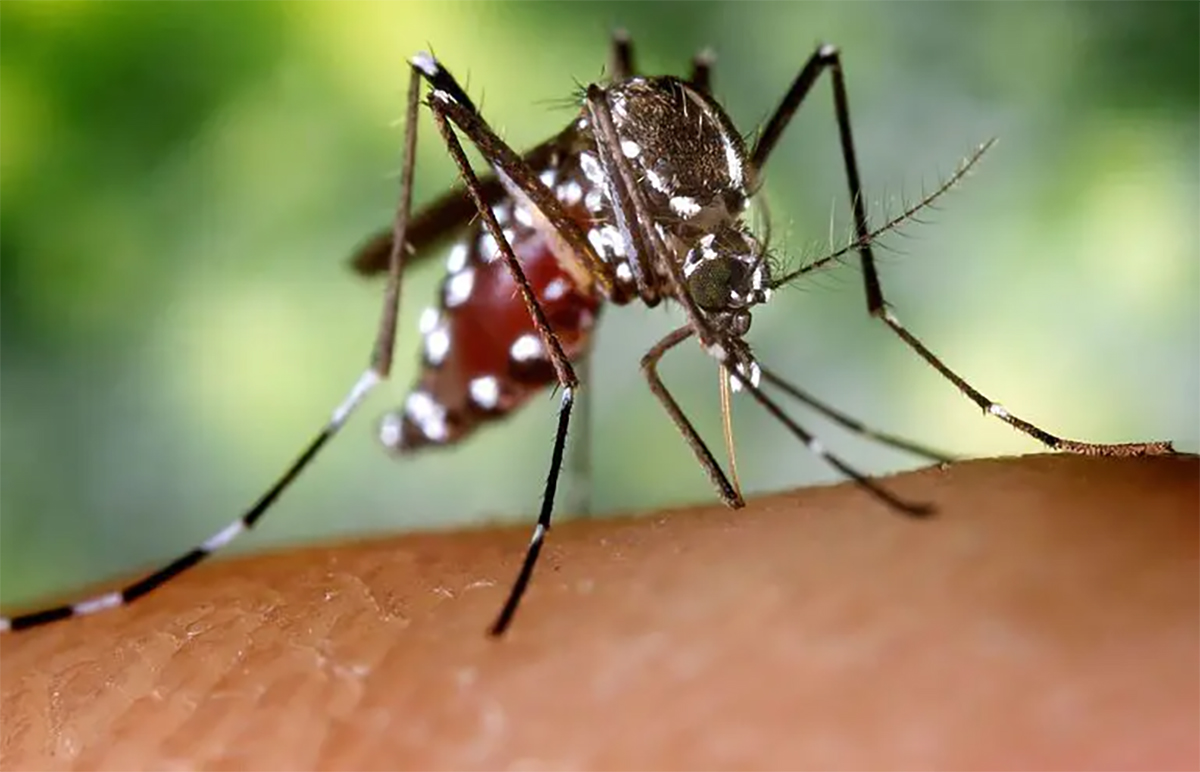
Malaria-carrying mosquitoes are expected to breed faster and bite more often as temperatures increase. (Photo: Pixnio)
However, he added that good control measures are in place and drugs have helped to treat malaria and decrease the disease burden.
“We would not be able to say how many more cases are expected this year. Since 2019, we have had a few blips on the graph, but they are going in the right direction.”
He says South Africa is close to malaria elimination in Mpumalanga and KwaZulu-Natal, but climate change could frustrate progress.
Raman attributes the recent increase in cases due to travel restrictions being lifted in early 2022.
“This comes after much lower malaria cases during 2020 and 2021 – a result of reduced cross-border movements because of Covid regulations, as well as proactive, innovative actions by some South African provinces’ malaria control programmes,” she says.
Raman says climate change is a potential threat to malaria elimination, particularly if endemic areas widen and/or mosquitoes start breeding faster.
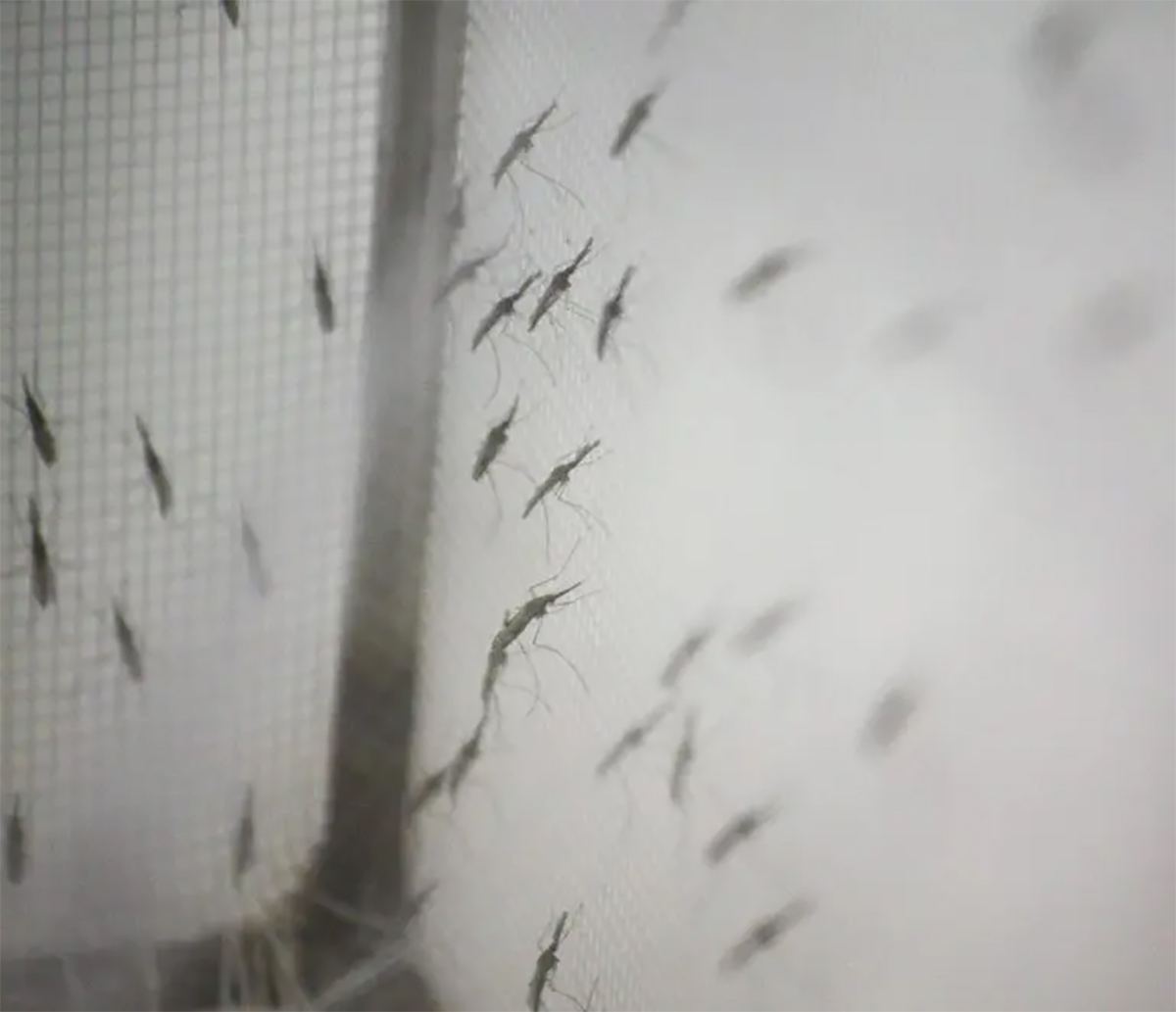
Increases in temperature and rainfall affect the life cycle, behaviour and distribution patterns of insects such as mosquitoes. (Photo: Supplied)
“Current evidence suggests that insecticide-resistant mosquitoes cope better with higher temperatures, which is one of the factors that may pose a direct challenge to malaria elimination efforts, as these mosquitoes will be harder to control,” she says.
A complex picture
Lisa van Aardenne, a climate scientist also at CSAG, says we only have malaria in South Africa for a few months of the year, but if in the future it becomes warmer, the season for malaria suitability will become longer.
She says temperature is a major driver for malaria mosquitoes, but it is also limited by rainfall.
“There are some places in South Africa where the temperatures are suitable, but the rainfall is too low – it’s too dry. So, there is a complex interaction of temperature and rainfall that we need to keep in mind when we’re looking at future malaria suitability.”
Climate suitability is just one aspect. She said the migration of people from high malaria areas to lower malaria areas is another factor. South Africa’s malaria endemic areas are near Mozambique and Zimbabwe, which have higher caseloads.
With significant cross-border traffic in the region, malaria is imported especially to Gauteng, which is a non-endemic area. Mosquitoes do not breed in Gauteng because the winters are too cold.
She says with increased migration from areas where malaria is present throughout the year, there is a chance that cases will rise in South Africa, especially if control measures are not in place in neighbouring countries.
“We still have relatively small numbers of malaria. The problem is not going to be as big for us as it is for other countries like Democratic Republic of the Congo, where about a third of the population has malaria. We’re lucky.
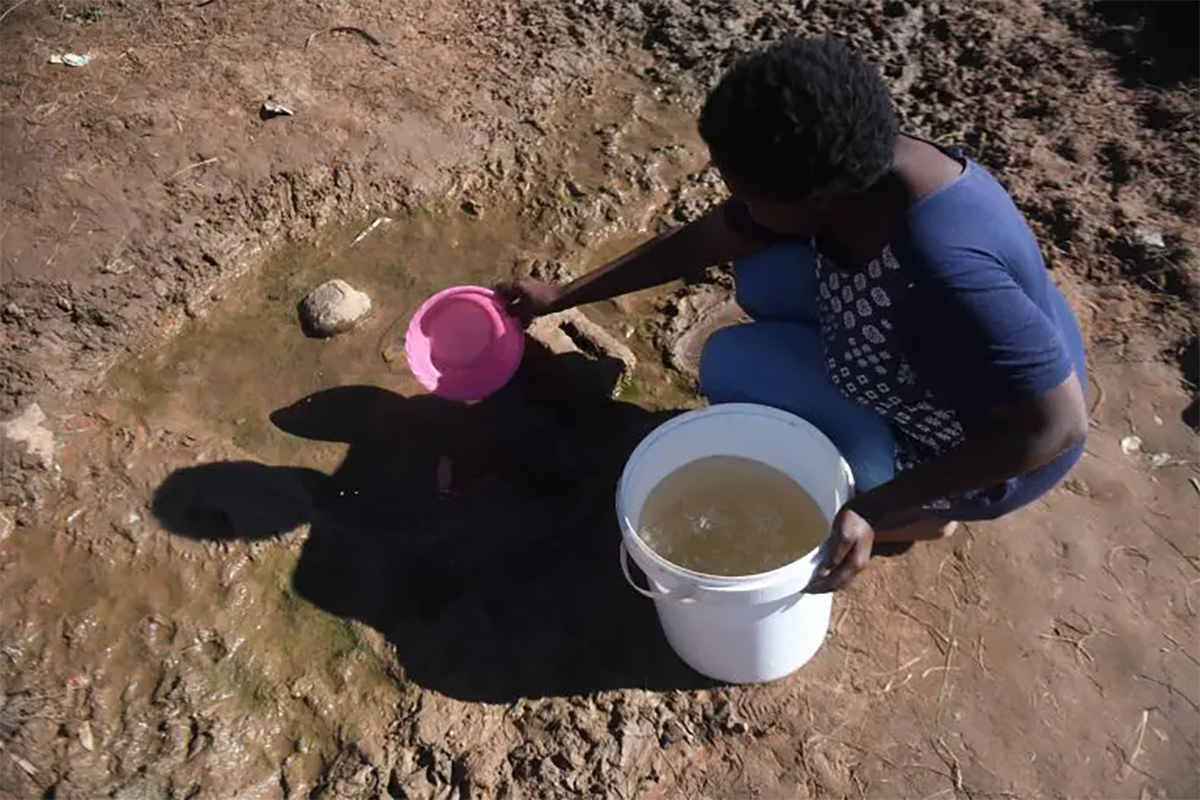
Some experts say increased rainfall will likely expand malaria mosquito breeding sites in South Africa. (Photo: Black Star Images / Spotlight)
“It’s a problem, but it’s not the same level of disease burden you see elsewhere.”
She says robust surveillance is key. “We cannot afford to take our eye off the ball.”
Van Aardenne says malaria needs to be looked at in terms of a “one health approach”. This means a collaborative, interdisciplinary approach aimed at achieving the best health outcomes by recognising the intricate links between people, animals, plants and the environment, and understanding how this relates to the control of malaria and other infectious diseases.
“It is about how humans interact with the environment,” she says.
“Where are they living and how are they living? Sometimes it’s as simple as an urban setting. Stagnant water near informal settlements can be breeding grounds for mosquitoes… any intervention must be at a local level.”
On the other hand, Lennard points out that, ultimately, the increased range in temperature will depend on humans.
“If we burn fewer fossil fuels and lower our carbon dioxide emissions, the warming rate will go down. But if we carry on the way we are going now, then increased warming is inevitable,” he says. DM
This article was published by Spotlight – health journalism in the public interest.
















 Become an Insider
Become an Insider
Comments - Please login in order to comment.